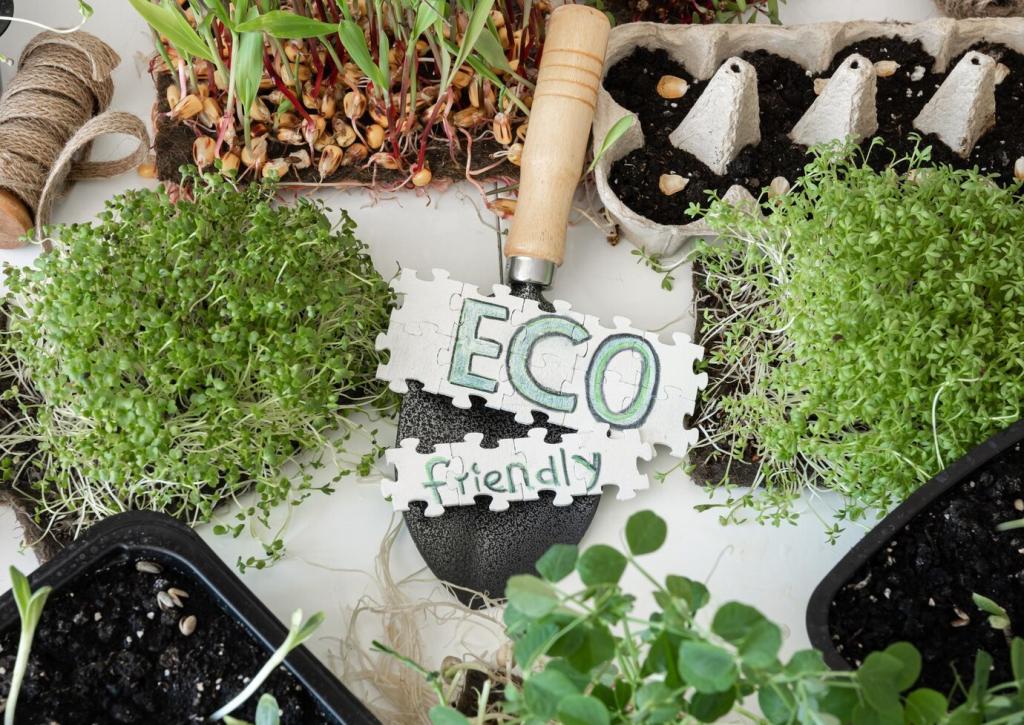
Guide to Building Furniture with Recycled Materials
Chosen theme: Guide to Building Furniture with Recycled Materials. Welcome to a creative corner where every board has a backstory and every screw gets a second chance. Learn to transform salvaged finds into sturdy, beautiful furniture that saves money, reduces waste, and tells a story worth sharing. Subscribe for hands-on ideas, and comment with your favorite reclaimed treasures to inspire the next build.
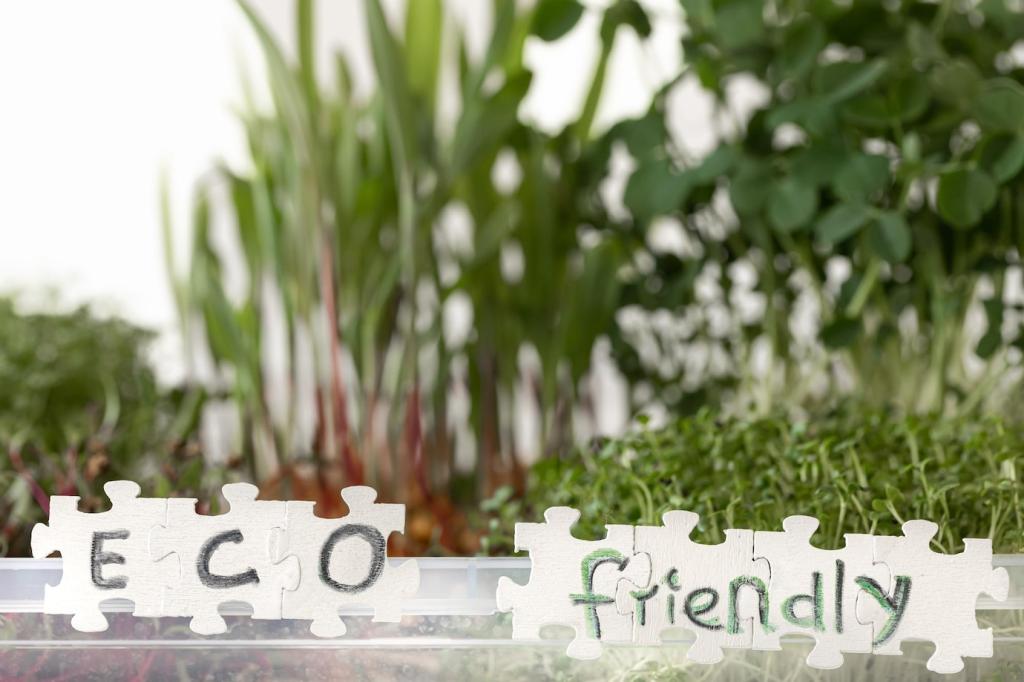
Sourcing Reclaimed Materials Responsibly
Start with architectural salvage yards, Habitat ReStore, community buy-nothing groups, and demolition auctions. Politely ask contractors for offcuts, and scout curbside throw-outs the night before bulk pickup. Keep a folding dolly, gloves, and a small magnet in your trunk to test metals quickly.
Tools and Techniques for Imperfect Stock
A minimalist toolkit that over-delivers
Keep a pry bar, nail puller, flush-cut saw, random orbit sander with 80/120/220 grits, square, clamps, and a pocket-hole jig. Add a moisture meter, card scraper, and respirator. With these, you can flatten, join, and finish almost anything you salvage.
Joinery that forgives irregularities
Pocket screws, dowels, and half-laps handle inconsistent thicknesses. Battens tame movement in wide panels. When boards won’t align, laminate thinner strips into a stable slab. Always dry-fit first, mark reference faces, and shim carefully to keep everything square.
Metal moments that elevate your designs
Cut angle iron with a hacksaw or cut-off wheel, drill pilot holes with a step bit, and neutralize rust using phosphoric acid converter. Seal with matte enamel. Pair sturdy metal frames with weathered wood tops for contrast, character, and serious durability.
Designing with Story and Patina
Let the scars lead the sketch
Position nail holes as decorative constellations, align saw marks along edges, and use breadboard ends to tame cupped planks. Wabi-sabi principles encourage asymmetry and authenticity. Your piece should feel discovered, not manufactured, yet still strong where it matters most.
Mix materials with balance and intention
Combine reclaimed pine with tempered glass, or pair dark steel with soft linen salvaged from vintage curtains. Keep visual weight grounded at the base and lighten toward the top. Repeated textures and echoing colors create harmony without sacrificing the story.
Measure twice, adapt thrice
Use a story stick and reference marks instead of chasing faulty tape readings across uneven edges. Expect variance; plan generous tolerances. Dry-fit often, adjust shims, and trim proud edges only after you confirm the whole assembly sits level and stable.

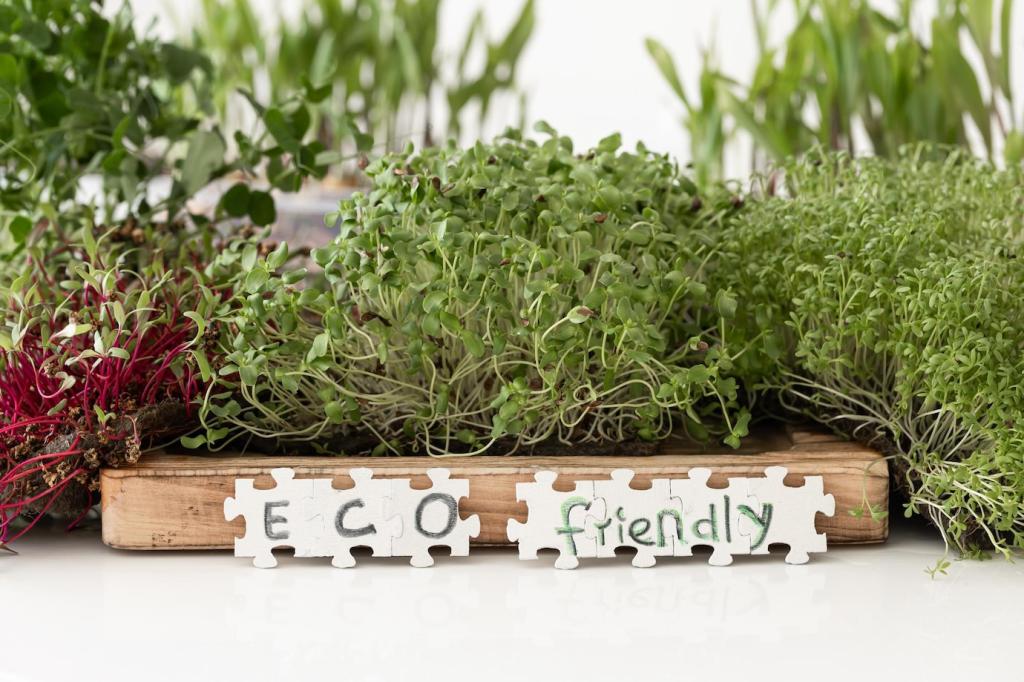
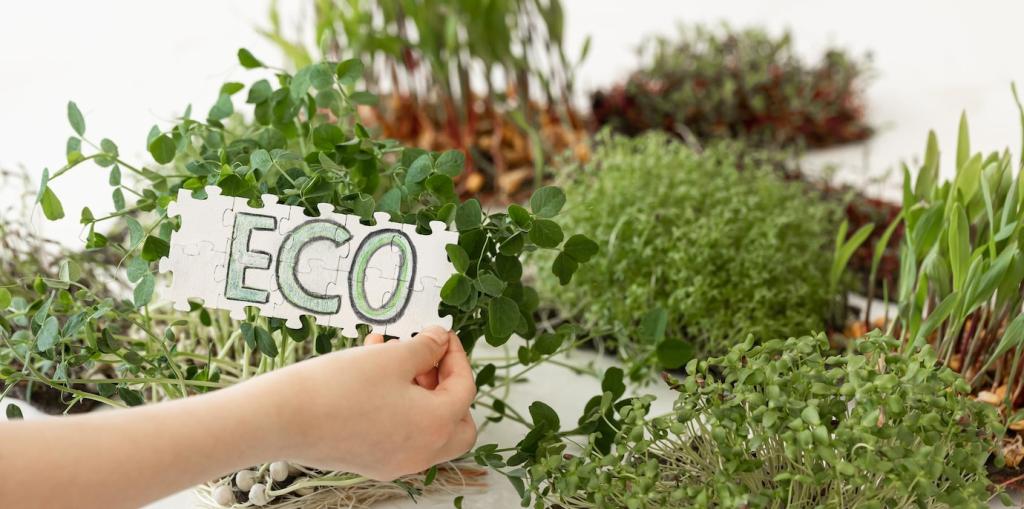
Safety, Health, and Ethics
01
Avoid chromated copper arsenate lumber from pre-2003 decks, and test suspicious paint with lead swabs. Never burn painted or treated scraps. If provenance is uncertain, use the piece outdoors or seek professional guidance before bringing it inside.
02
Wear a P100 respirator while sanding, capture dust with a shop vac, and keep a first-aid kit nearby. Use push sticks, keep blades sharp, and respect fatigue. Slower, calmer work often prevents the worst shop mishaps.
03
Ask permission at job sites, offer cleanup help, and credit donors when you share photos. Follow local regulations and avoid trespassing. Ethical practices open doors to better materials, lasting relationships, and future collaborations for everyone involved.

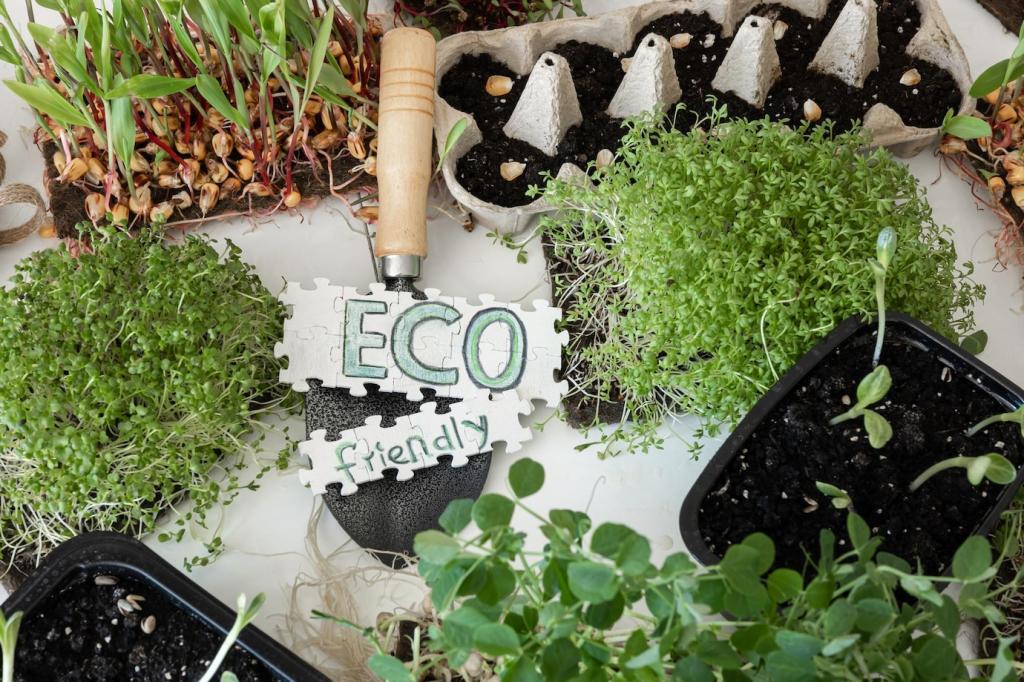
Finishes, Colors, and Long-Term Care
Pure tung oil, soap finish, and dewaxed shellac enhance grain while minimizing fumes. Water-based polyurethane offers toughness without ambering too much. Always test on offcuts, note drying times, and buff lightly between coats for an inviting, hand-rubbed feel.
Finishes, Colors, and Long-Term Care
Try milk paint layered and burnished to reveal history beneath. Limewash softens harsh contrasts while keeping texture alive. Use color blocking to frame scars intentionally, guiding the eye to details that might otherwise feel accidental or chaotic.
Community, Feedback, and Your Next Build
A subscriber salvaged gym bleachers headed for the dump and built towering bookshelves, keeping the seat numbers as shelf markers. The project cost almost nothing, sparked neighborly conversations, and saved hardwood that might never be milled again.
Community, Feedback, and Your Next Build
Post before-and-after photos of a reclaimed build using the hashtag we’ll announce in our newsletter. We’ll feature standouts, share tips, and send small surprises. Invite a friend and tackle a two-person project for extra motivation and accountability.
